- Tags:
- Creek Farm
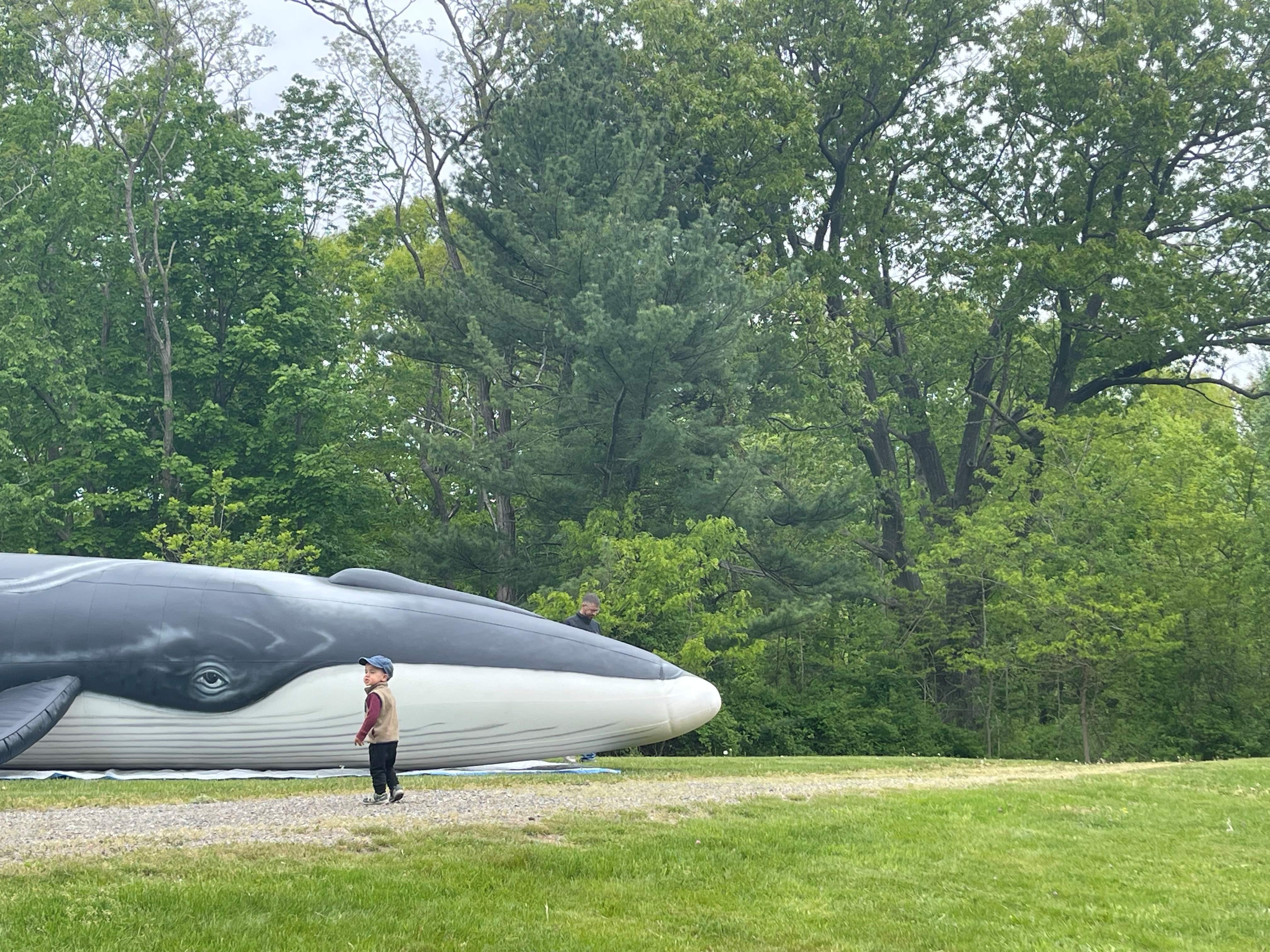
The Blue Ocean Society's blow-up whale was a big hit at the first annual Woods, Whales, and Waterfest.
At our first "Woods, Whales and Waterfest" celebration at Creek Farm on May 20, we were excited to host The Gundalow Company, Blue Ocean Society, and Seacoast Science Center to celebrate how we are all connected. We also aimed to educate our community on the many ways they can participate in keeping our environment and wild neighbors healthy.
The Gundalow Company was onsite to offer kayak experiences, the Seacoast Science Center brought along their phenomenal wild friends in their touch tanks and information about their Marine Mammal Rescue program, and the Blue Ocean Sociey brought along their lifesize blow up whale, named Ladder, and hosted a clean up along Little Harbor Loop Trail. The Forest Society's Story Book Stroll was in full effect with participants getting to follow along the story of "Trout Are Made of Trees" along our Little Harbor Loop Trail. Now, some might ask, how are whales and woods and water connected? In so very many ways!
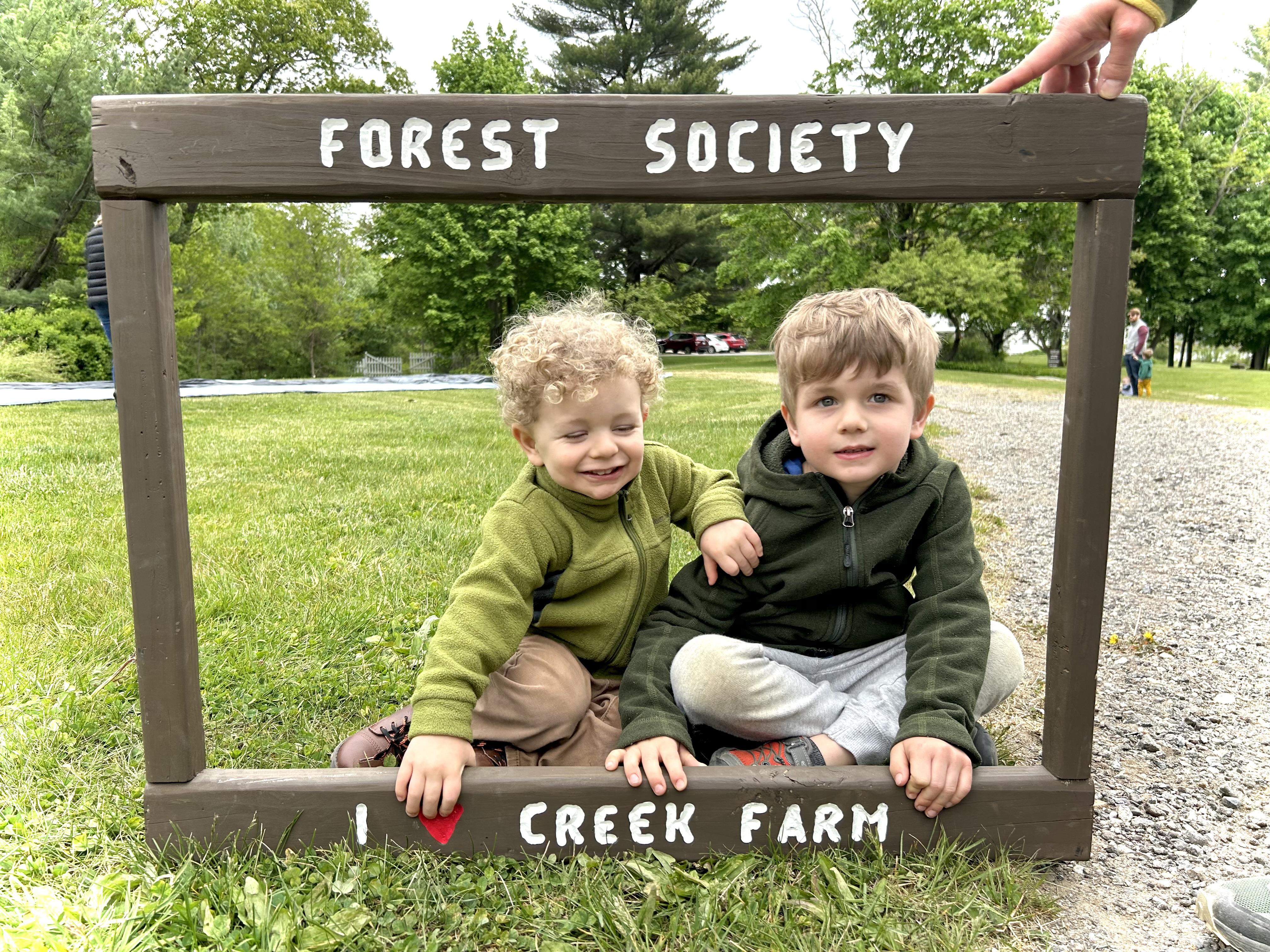
The thousands of acres that the Forest Society protects in New Hampshire are part of a variety of watersheds, and the protected land helps to ensure protected water quality. As this water flows, it supplies drinking water for wildlife, humans, plants, trees and eventually makes it's way to the ocean, where our whales live.
People can affect the environment's health when they pollute a watershed. Pollutants are materials that can harm plants, animals or humans. These materials may be discharged directly into a waterbody or washed off the land and into waterbodies. Some can also seep into the soil and groundwater.
Examples of pollutants include soil from construction sites, waste from septic systems, fertilizers, pesticides and chemicals such as mercury, lead and arsenic. Road salt, soil and animal waste can also pollute if washed into a waterbody. Sources of pollution include atmospheric deposition (acid rain), runoff from paved roads and driveways, lawns, eroding streambanks, oil spills, landfills, industries, and farm fields. Depending on the type and level of pollution, the waterbody may become unsuitable for fishing, swimming, or even for aquatic animals to survive in.
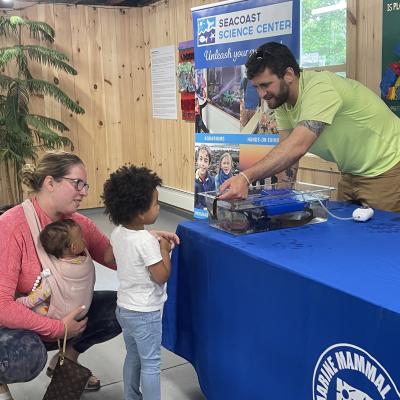
Hosting such incredible colleagues helps to show the wide variety of wildlife that is affected by us humans. When we can connect and see how we affect the quality of life for these species, it helps drive home why it is so important to protect land, water and other natural resources.
From tiny meetings of crabs, sea urchins, and periwinkles through the Seacoast Science Center's Touch Tank to getting a handle on the actual size of a whale by watching Ladder inflate and being able to go inside and compare the sie of his heart to your own, this opportunity helps to connect our community to their wild neighbors. Add in the wonderful walk along our Little Harbor Loop Trail which goes along our shoreline for a bit and then into the woods and the opportunity to experience kayaks through the Gundalow Company, and we just burst at the seams with collaboration and excitement.
One of the biggest benefits of collaboration is the opportunity to learn and share knowledge. In fact, every interaction you have with someone outside of your own immediate circle can teach you something valuable. Collaboration allows us to take advantage of the skills and expertise of others – and share our own. Working collaboratively means that everyone involved can capitalize on the resources, knowledge, ideas and skills of others. In short - we are better together!
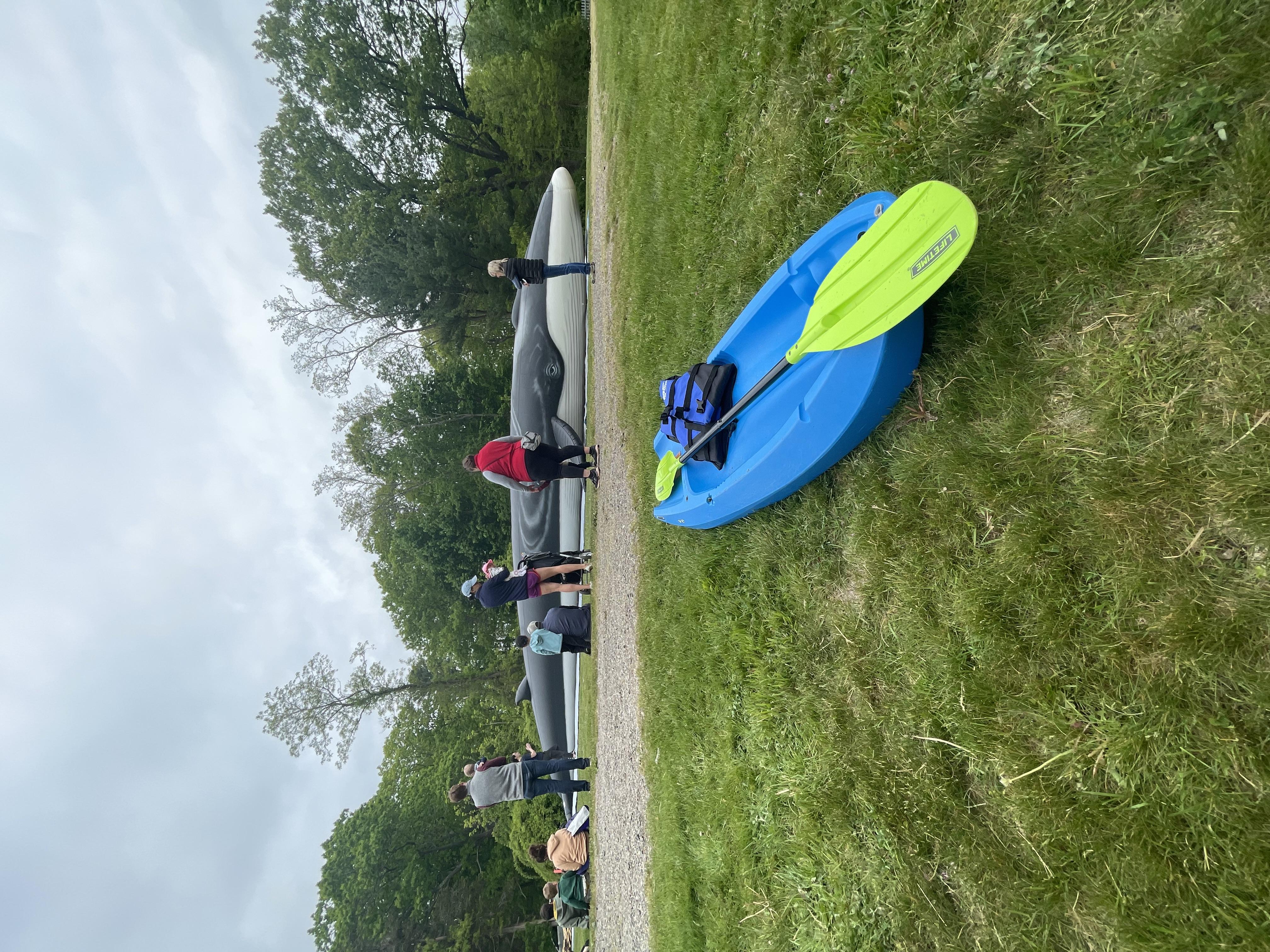
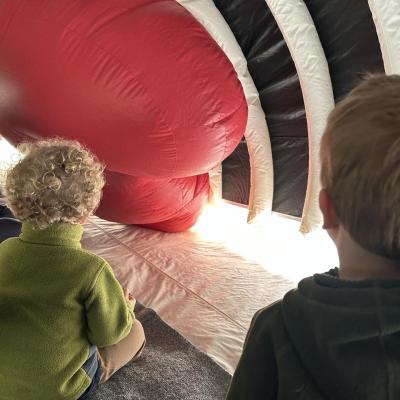
Be sure to check out our upcoming events at Creek Farm and we look forward to seeing you soon!
“We are all connected; To each other, biologically. To the earth, chemically. To the rest of the universe atomically.”
― Neil DeGrasse Tyson
